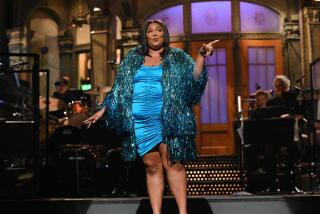Rethinking Multiculturalism
- Share via
You can’t have a middle-of-the-road approach to multiculturalism vs. the “melting pot” (“Really, How Different Are We?” editorial, Dec. 3). If you recognize publicly in any way the differences of groups, then you still have groups. You still have “us” and “them.”
My mother was a professor at a Midwestern university during the height of the ‘60s. She co-taught, with a black male professor, a class on race. She used a movie that showed a group of white 5th-graders who were told on one day that the brown-eyed students were good, the blue-eyed bad. The brown-eyed kids held their heads high that day, while the blue-eyed kids moped. The next day, the teacher apologized, she had made a mistake, it was the blue-eyed kids who were good, the brown-eyed bad. The brown-eyes felt much worse than the blue-eyes had, because they were once good, but now bad. But the blue-eyes got angry. They had been cheated the day before, discriminated against, but now they would hit the brown-eyes and call them names. Does any of this sound familiar?
The bottom line is that every one of us, The Times most particularly, must recognize that inside we are all the same. The government can’t give affirmative action based on skin color without the resentment of the get-nots. Schools can’t teach ethnic studies without emphasizing that there are differences between us. Universities can’t accept our children using race as a guide without causing grief to the rejected.
DENNIS COLLINS
Brea






